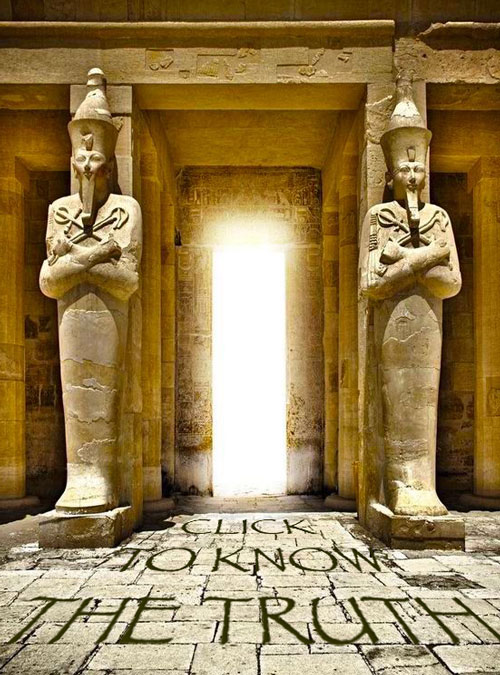The Rosy Cross
The pyramids have mystified travellers since they emerged from the jungle:

They are positioned west of Cairo and aligned with true north. Despite their antiquity, there is not a single hieroglyph on any of the structures—implying that they were built before dynastic Egypt. Geometrically, they were arranged as a perspective projection.
It’s worth remembering that the stereographic projection is smooth and bijective. It is also conformal, meaning that it preserves the angles at which curves meet. However, it is neither isometric nor area-preserving—it corrupts the distances and areas of figures. Pictured below is the orbital period ratios of the inner planets (x-axis) versus their angular frequency ratios (y-axis).

If the “iron mountains” above reflect the “iron planets” of Mercury, Venus and Earth, it means that the stereographic projection refers to their more subtle attributes. What are these? Well, the inner planets have orbital periods that are in golden mean proportion to each other. In tabular form it looks like this:

Reflecting on the y-axis above, Mercury’s short period (88 days) gives it the highest angular frequency (4.15 per Earth year), making its y-value the largest when normalised (1.0). Earth and Venus appear at 0.24 and 0.38 respectively.
The resulting diagram looks like a sun cross. The design is believed to be one of the oldest religious symbol in the world. To the Egyptians, it denoted the chariot wheel used by the Sun god, Ra. Like the swastika, the wheel symbolises auspiciousness—good fortune, prosperity and well-being.

If we accept that the sun cross implies the iron cross, then the element we wish to investigate is naturally Fe. Iron has the atomic number 26. It is a metal that belongs to the first transition series and group 8 of the periodic table. Iron is, by mass, the most common element on Earth, forming much of Earth’s outer and inner core.

The stereographic projection of the alpha iron (α) appears below and we can place the apexes of the three pyramids upon it:

Above: iron is the base metal that turns into gold
At centre is a tiny octagram, representing the Soul Star. It is the seat of divine love, spiritual compassion and perfect selflessness. The eighth chakra is the doorway between our immortal soul and the universe. This golden chakra clears the path to enlightenment.
As the stone of balance, this “Rosy Cross” has left a lasting mark on the planet. Today we can still feel its effects by visiting places like Sedona, but in Teotihuacan and Giza we had to build artificial mountains to initiate the high born. When we fell from providence, we stripped the pyramids of their outer casings, thus rendering them mute and blind:

Sedona sandstone owes its distinctive red hues to iron oxide (specifically hematite). In alchemy, the Philosopher’s Stone is the legendary substance that transforms base metals—like iron—into gold, symbolising not just physical change but spiritual perfection. The red colour of these stones ties directly into that, too. In the alchemical process, the final stage is called rubedo (Latin for “redness”), marking the creation of the Stone.

Sedona and Ayers Rock, with their iron-rich, red rocks, still scream this alchemical metaphor. These places aren’t just geological wonders—they’re spiritual hotspots where people seek transmutation. The iron in their stones, altered by nature into something beautiful, mirrors the alchemical journey that joins the physical with the metaphysical.

The soul is not just tuned—it is transmuted, echoing the Philosopher’s Stone’s promise. Think of near-death experiences—light, clarity and unity. It is sunlight that activates hematite, pushing the soul toward a temporary “gold” state—pure awareness. Giza’s pyramids, built with pink granite, were designed for this—pharaohs sought eternal life not through mummification, but via soul transmutation from the Sun and Earth.
